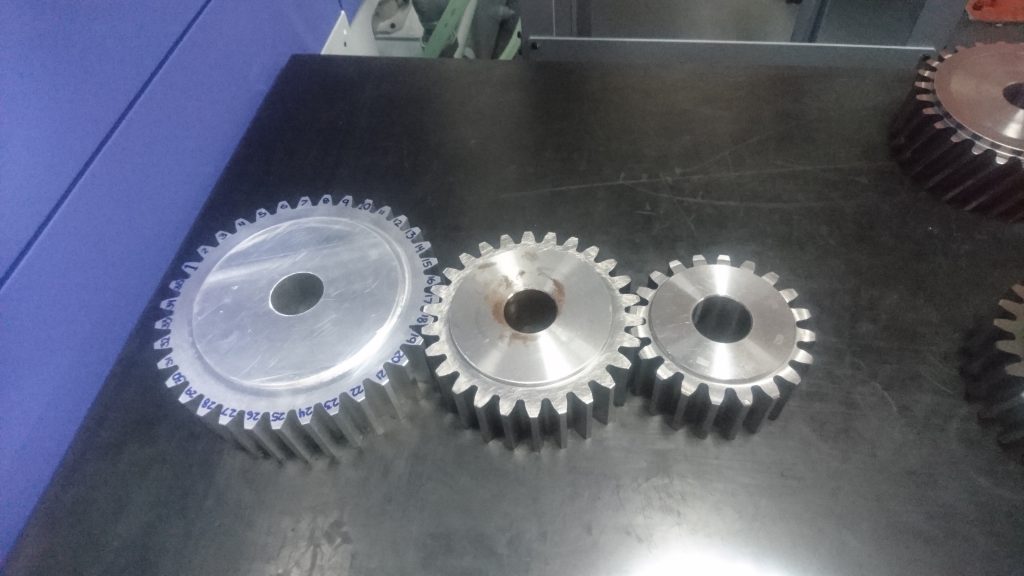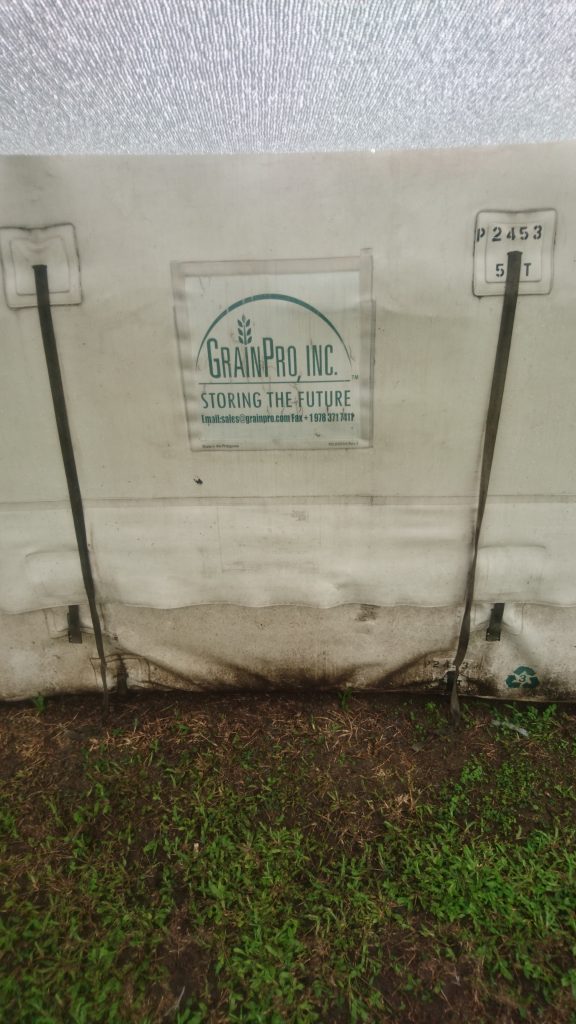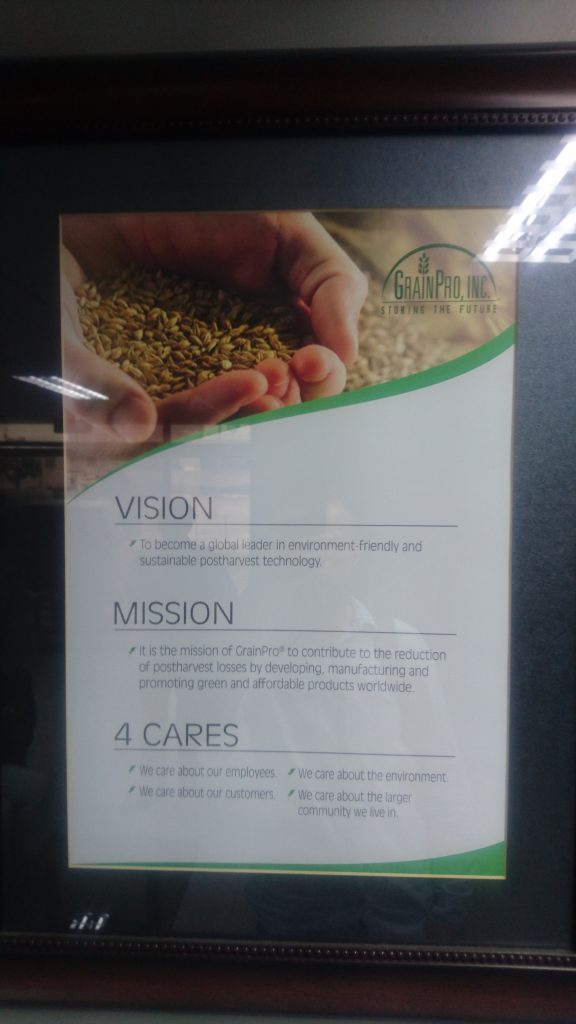Visits to Grain Pro & MIRDC
The final two visits of my trip here in the Philippines concluded with the Metal Industry Research & Development Centre (MIRDC) in Taguig City and Grain Pro Inc, Subic Bay. The purpose of the MIRDC visit was in relation to the joint proposal by the MIRDC, IRRI, Phil Rice, Phil Mech and Omnifab on funding for a metal 3D printer. The proposal also consisted of partners from the medical industry and military.

Metal gears machined by the MIRDC
The funding worth upwards of $1 million US dollars, would see a metal 3D printer based at the MIRDC for use by various industries across the Philippines. Training programs and capacity building were also top of the agenda if the proposal was to pass. Now, where do I come into all this? The NUIG/IRRI project I’ve been undertaking here in the Philippines has been focused on the agriculture sector with feedback from research institutes, workshops, fabricators and part suppliers. The idea was to get opinions on the potential use of a metal 3D printing service here in the Philippines. How would it benefit a workshop owner? Would it reduce waiting time for new parts? Would it speed up fabrication and make prototyping easier? These are some of the key points we spoke about. Something at Grain Pro also caught my eye at the MIRDC..We had a look at a 3D scanner they recently purchased. $60,000 US Dollars was the price tag!! Expensive but an impressive piece of technology. Hopefully in the near future we’ll see many more of these.

